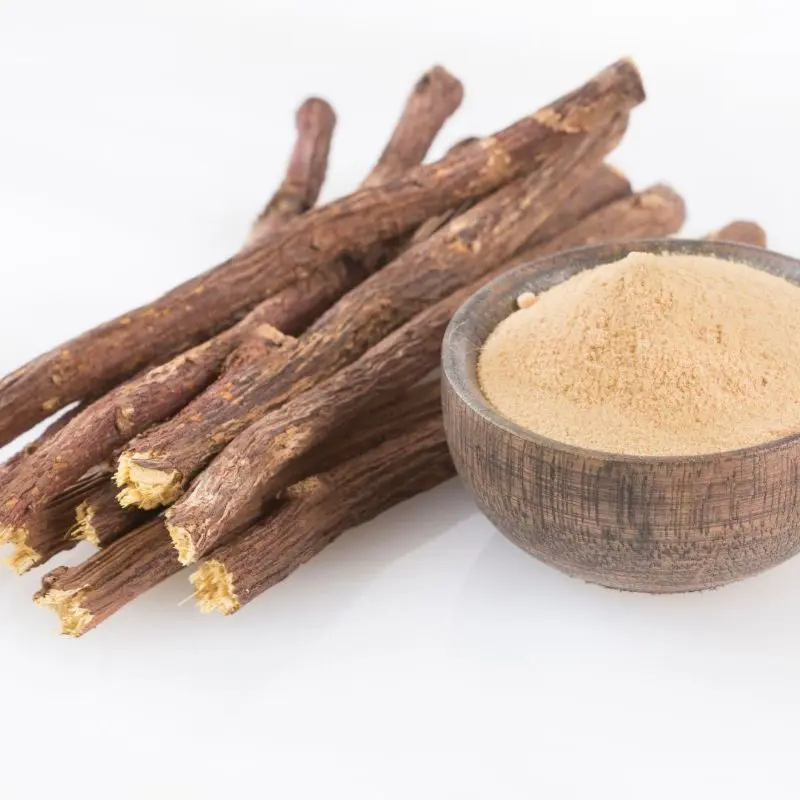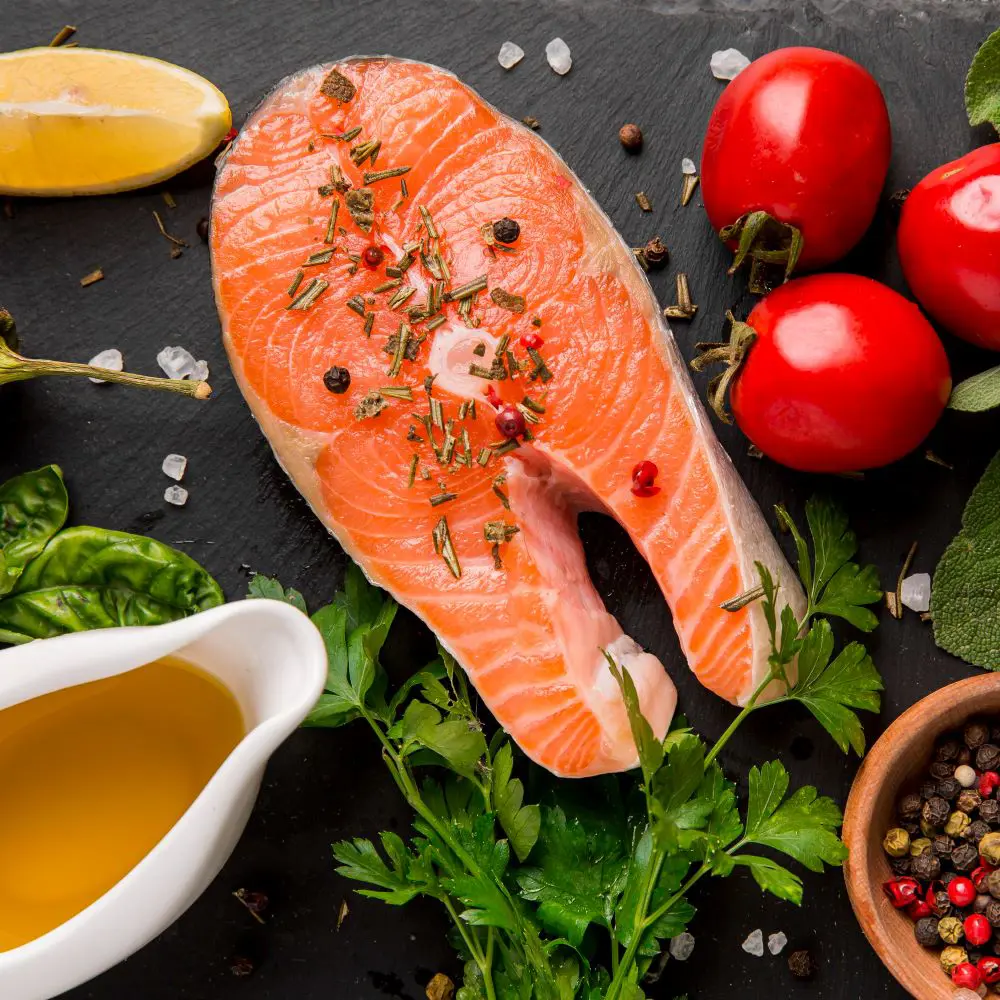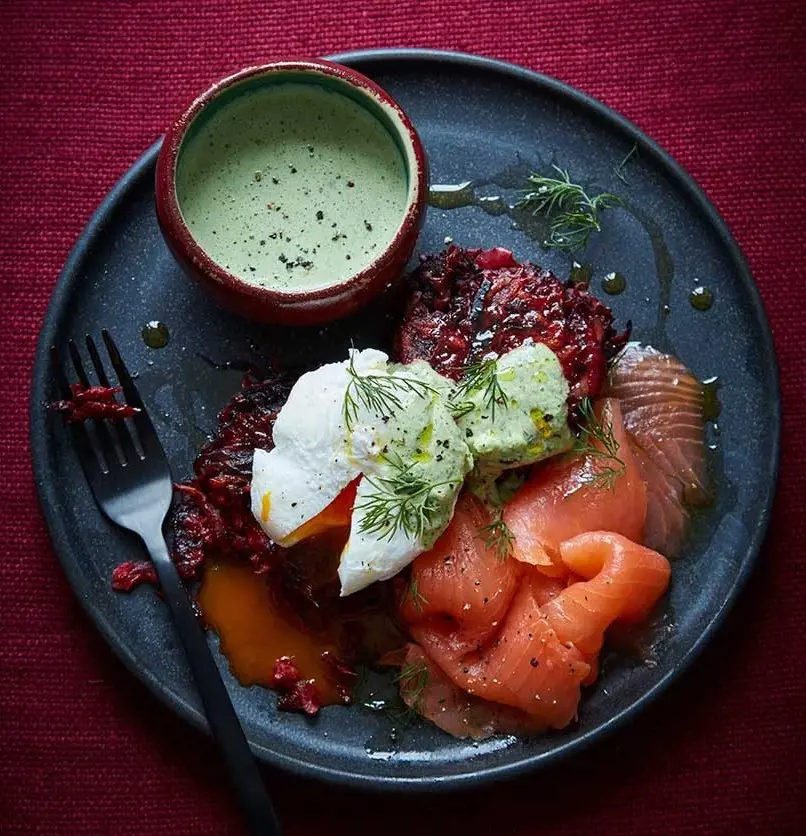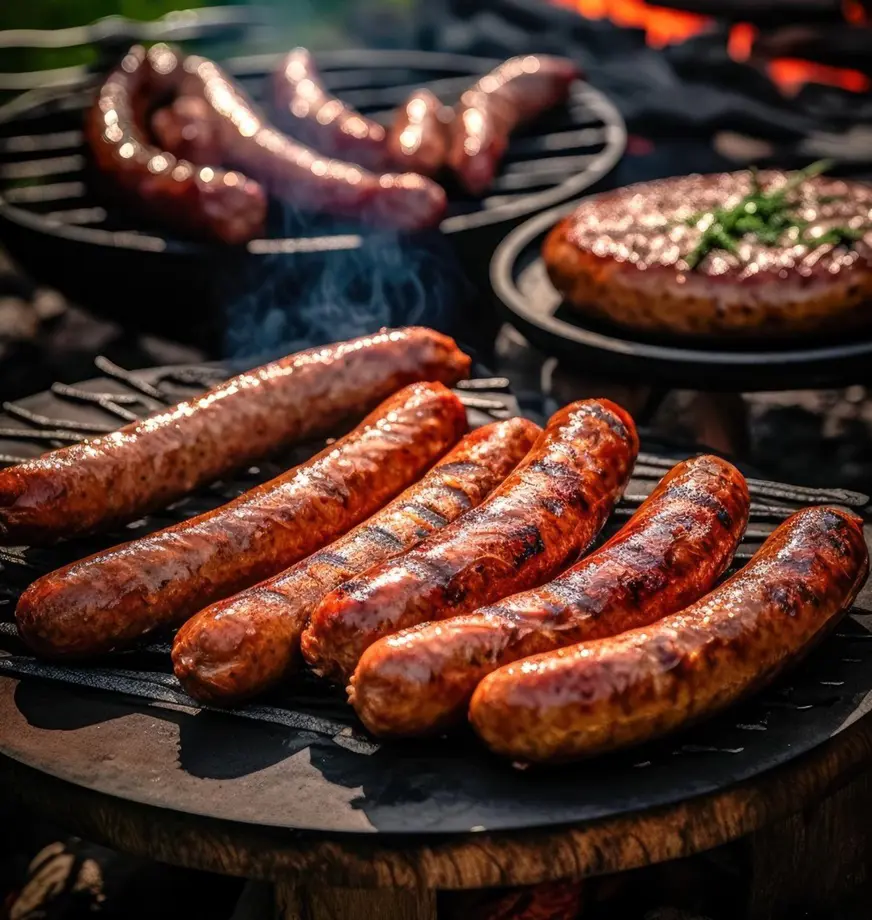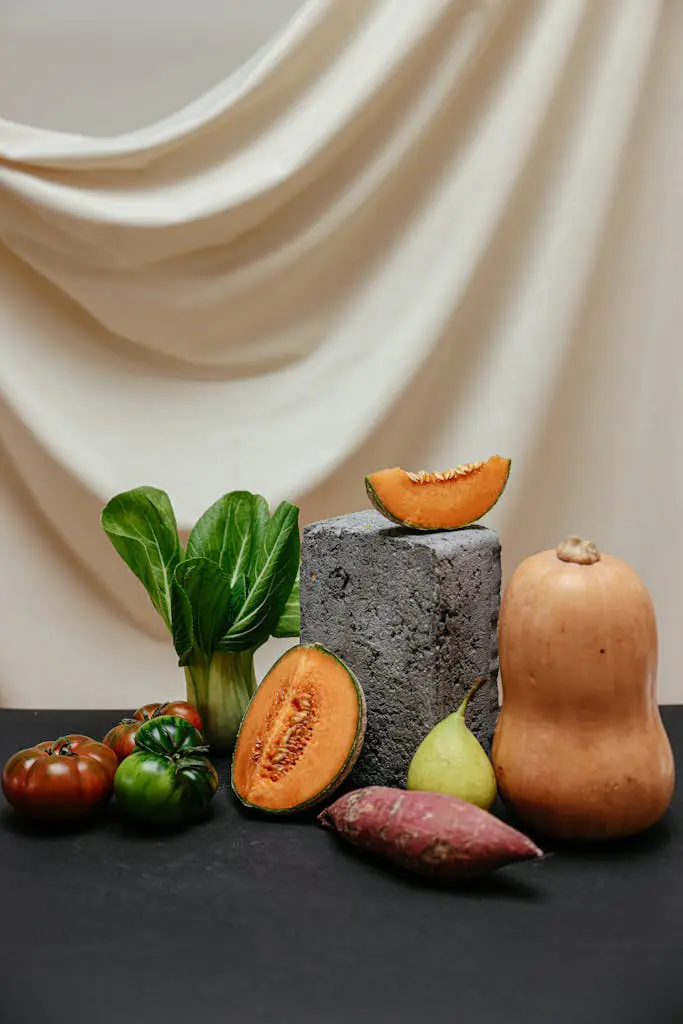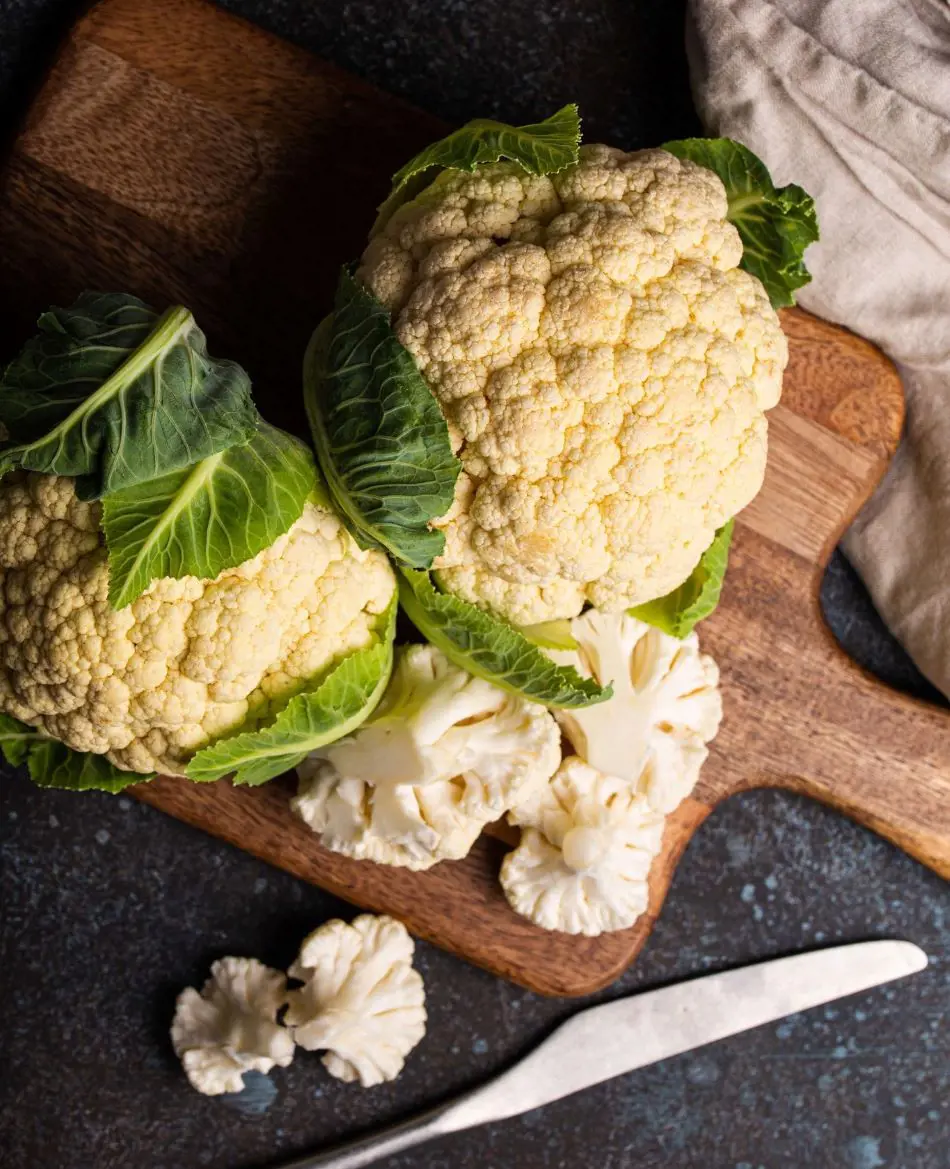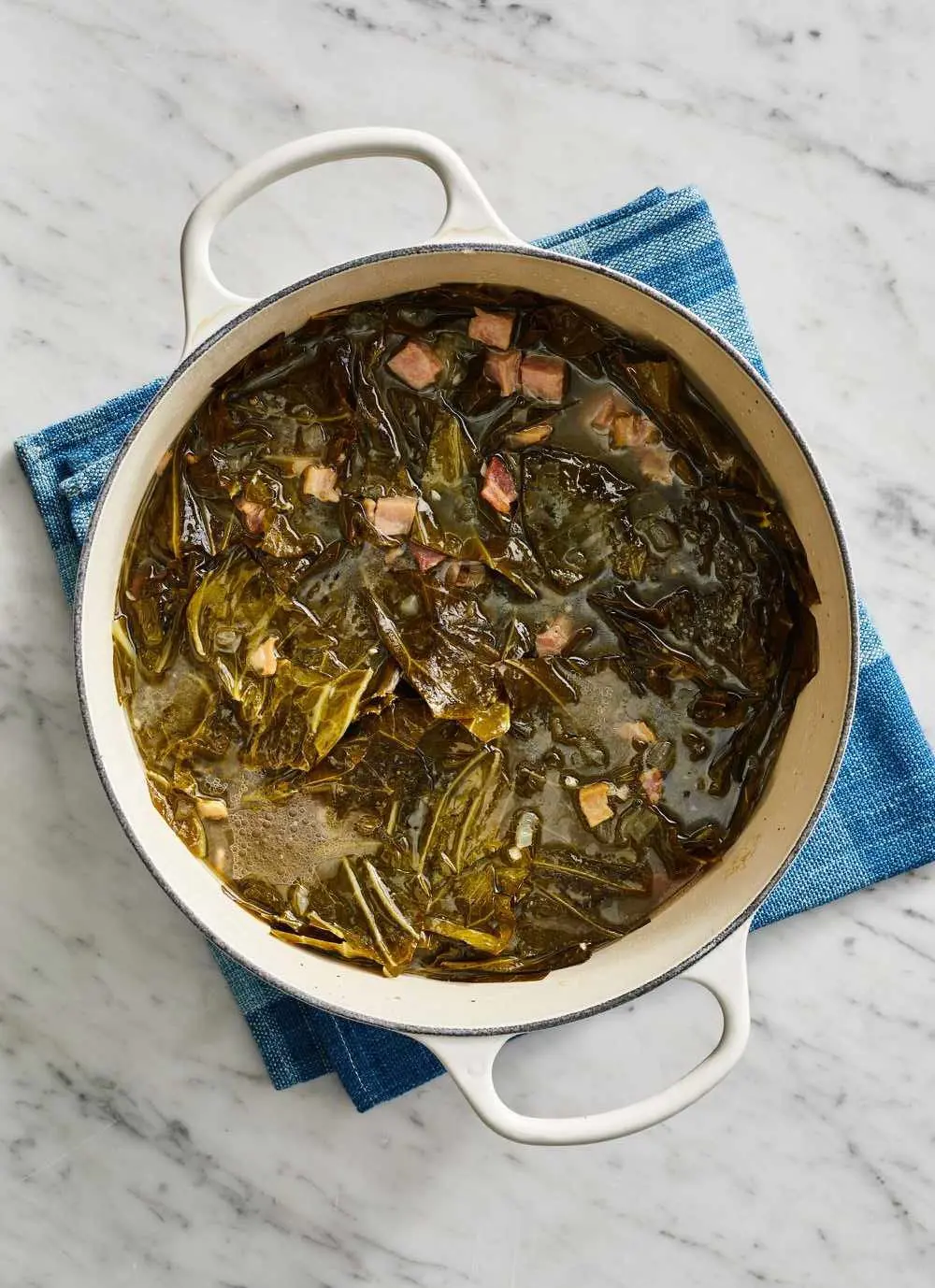Pescatarian Diet Definition, Food List and Health Benefits
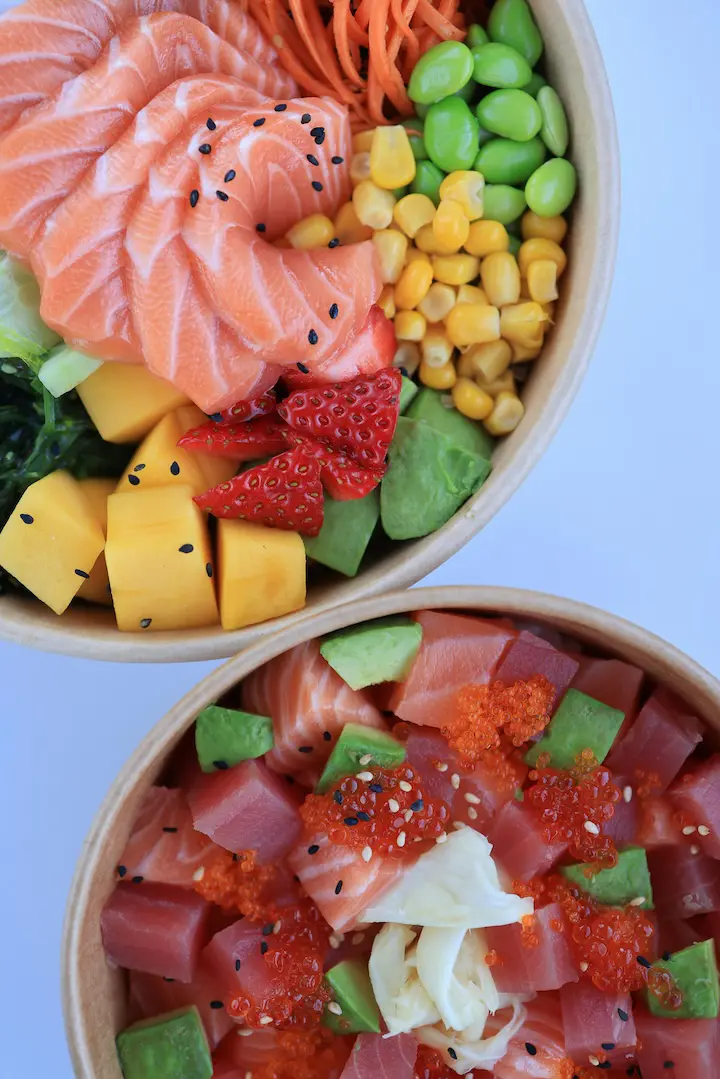
Derived from the Italian word "Pesce" which means fish and merging it with the word "vegetarian", the word Pescatarian was formed in the year 1993. Pescatarians are the people who follow pescatarianism, a dietary practice that involves eating a vegetarian diet but also adding seafood for protein.
In 2018, Ipsos MORI reported 73% of people worldwide followed a meat and non-animal products diet regularly of which 3% were pescatarians. For an ideal pescatarian meal, half of the plate is filled with greens or vegetables, a quarter is all seafood or plant protein, and the last part is completely made up of whole grains or starchy vegetables.
What is a Pescatarian Diet?
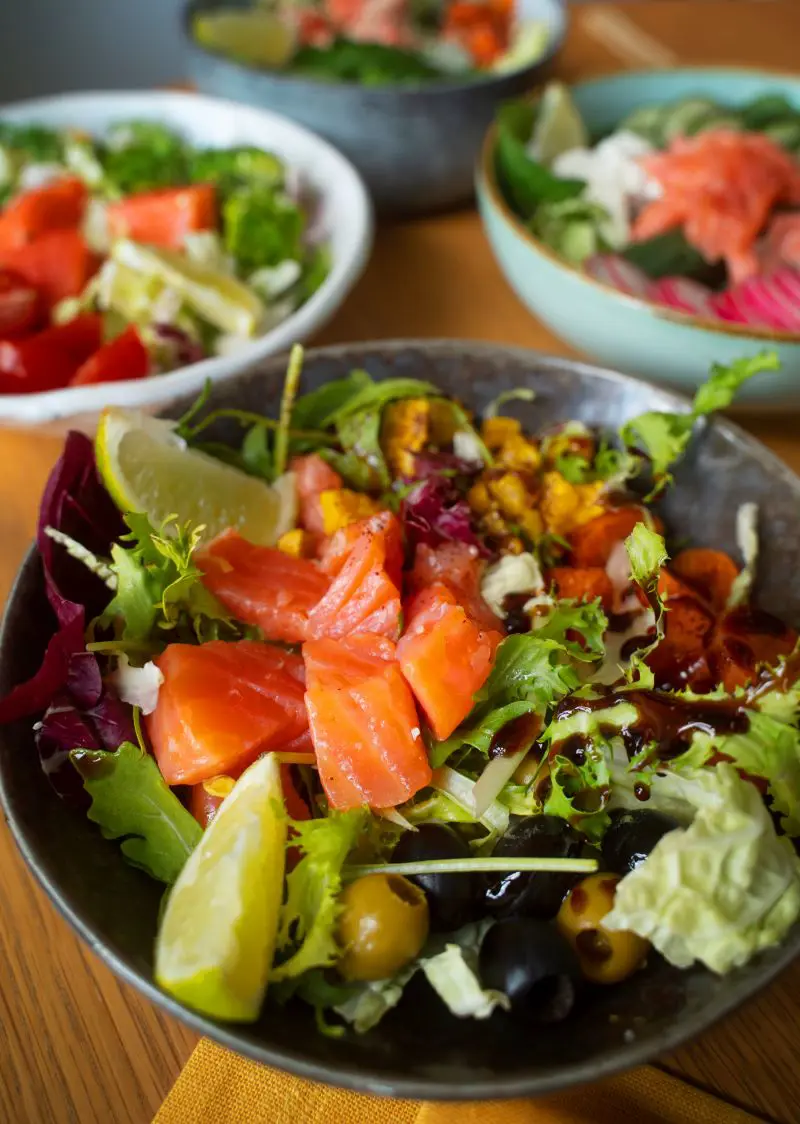
This is basically a plant-based diet that has nuts, whole grains, legumes, and healthy fats in which seafood plays a key role as a primary source of protein. However, other animal products, such as eggs and dairy are optional and can or cannot be included as wish.
As per one of the analyses in the year 2017, people consuming a diet high in vegetables and other plant foods are seen as having reduced risk of coronary heart disease it also came about improved blood lipids and lower blood pressure.
In fact, the very same research showed that the vegetarian diet has the capability to be able to reverse atherosclerotic plaques if combined with exercises and proper management of stress.
Pescatarian Diet Food List
Being a Pescatarian means following a particular diet, therefore there are foods that can be eaten during a pescatarian diet:
- Dairy products: Products like milk, yogurt, cheese, and others are allowed in the diet but people have an option to opt out of it if they don't want to consume dairy products too. Being a source stuffed with protein, calcium, and vitamin B12, these play a significant role in keeping a healthy body.
- Eggs: Because eggs are loaded with nutrients, these are one of the foods that can be listed on the list of “superfoods”. As a good source of protein and vitamins, if consumed in moderation, these are undoubtedly one of the healthiest additions to a dietary plan.

- Seafood: As the name says, seafood is the product of the sea. Being packed with omega-3 fatty acids that the human body doesn't produce and having low saturated fat, seafood does wonders to keep the heart healthy. Some fatty fish like salmon contain vitamin D which helps the body to use calcium aiding the bones.
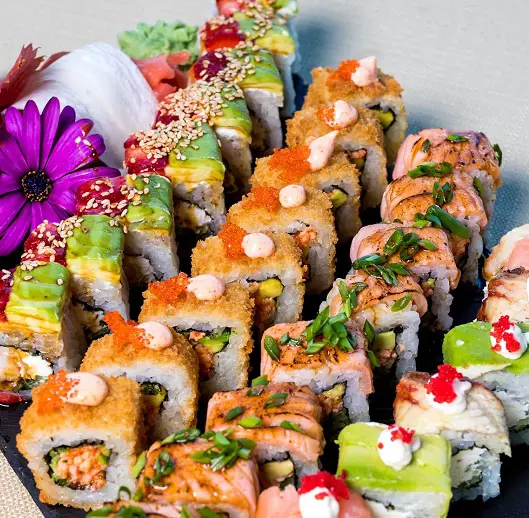
- Fruits and vegetables: There are some vitamins, like Vitamin C, and Vitamin A; fiber like pectin, flavonoids like Quercetin and minerals like Potassium that are only found in Fruits and vegetables. These vitamins are responsible for repairing tissues, and tendons, improving the immune system, help organs run properly.
- Pseudo grains: Pseudo-grains like quinoa, chia, buckwheat, and amaranth are the seeds or fruits of non-grass species. These can be consumed in a similar way to grains as they have bioactive and health-promoting effects, high-quality fiber, protein, and minerals to improve gut lining cells.
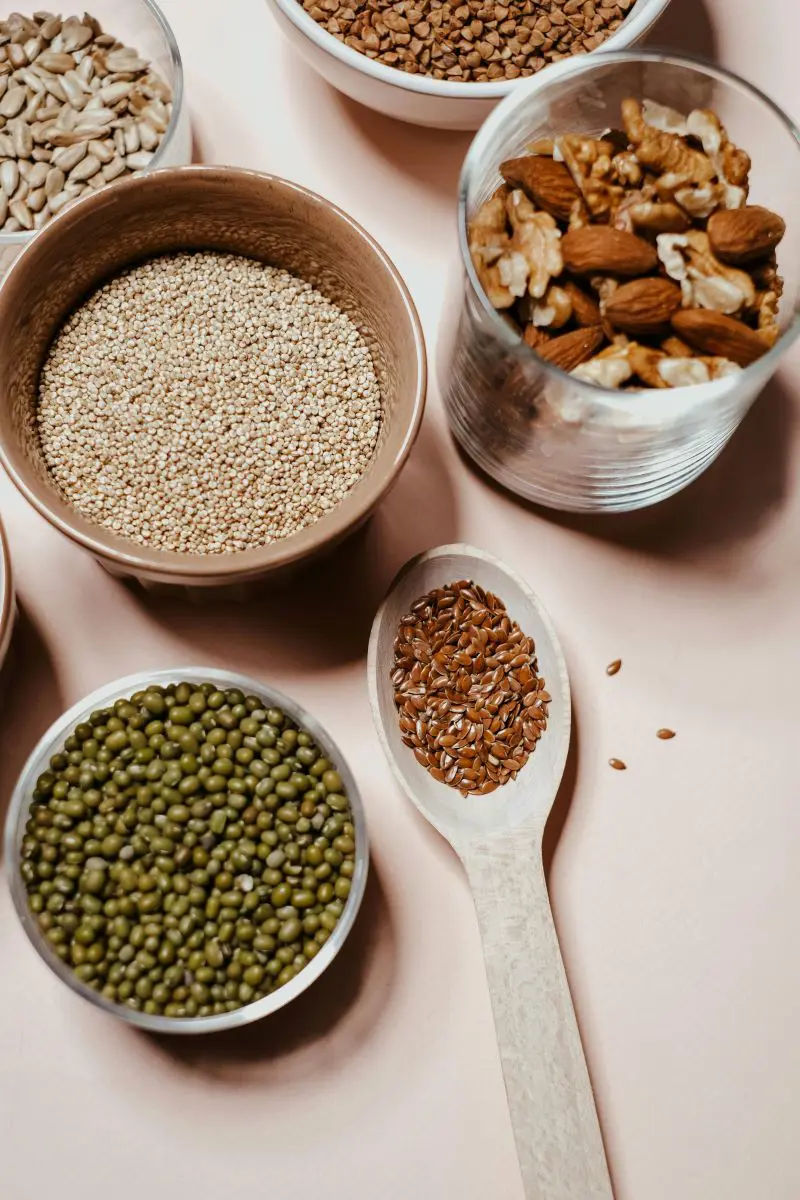
- Beans: Including legumes, all other beans work steadily to provide gradual energy for the nervous system. Those proteins, fibers, irons, and other antioxidants are all positive additions to the diet that minimize intestinal discomfort. Soaking the beans overnight and cooking in the same water will provide maximum nutrition as they will be extracted in the water.
- Nuts and seeds: Being an amazing source of protein, vitamins, minerals, and fibers as well as healthy fats, nuts, and seeds do regulate body weight and also provide shielding effects to the heart. Soaking the nuts for 4 to 6 hours will activate their nutrition to full use by making it digestible to the body.
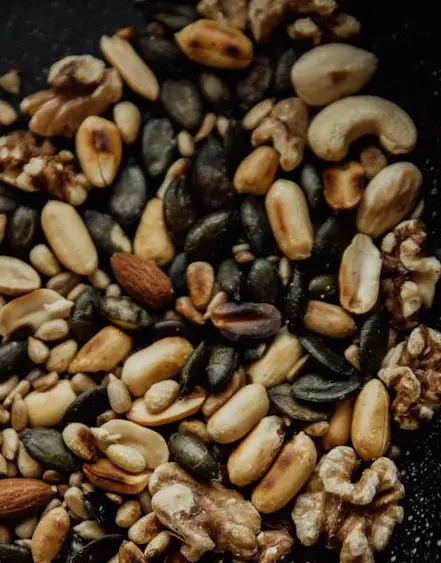
- Cereals and whole grains: Whole grain kernels are divided into three different parts; bran, germ, and endosperm. Bran is a fiber-rich outer layer supplying vitamins B, iron, copper, zinc, etc. Germ has healthy fats, vitamin E, phytochemicals, etc. The endosperm is the innermost layer holding carbohydrates, protein and a few B vitamins and minerals which work with their own characteristics to help the body towards health.
Foods To Avoid
Like the foods that are recommended to be eaten, there are even foods that pescatarians are not suppose to eat. Foods that cannot be eaten during pescatarian diet are:
- Meat
- Poultry
Pescatarian diet completely avoids these two products.
Health Benefits of Pescatarian Diet
With the benefits of a vegetarian diet, there also are numerous benefits of eating fish. Researchers believe that the inflammatory properties of omega-3 found in fish are responsible for the life-extending benefits.
Some of the benefits can be the following:
1. Healthy heart
The research done on the heart has been a milestone in proving seafood is capable of lowering the risk of chronic diseases.
Therefore, it is even recommended to include at least two or more seafood meals in a week to decrease the risk of stroke, heart disease, cardiac arrest, and even congestive heart failure.
2. Shrinks the risk of cancer
Although powerhouses, we still do not eat enough fruits and vegetables. Fruits and vegetables are rich in nutrients and phytochemicals that work up the body and help it fight the changes happening in the cell that can potentially lead to cancer.
During research, it is proven that once the intake of fruits and vegetables goes up, the risk of getting cancer decreases especially in the following listed organs
- Esophagus
- Head and neck
- Lungs
- Pancreas
- Prostate
- Stomach
- A good treat for the gut
The diet is a plan with lots of fiber intake. This gets fed to the gut's microbiome which helps in preventing constipation. A healthy biome is key to a better immune system as it is home to all the bacteria, fungi, and yeast living in small and large intestines.
3. Better appetite
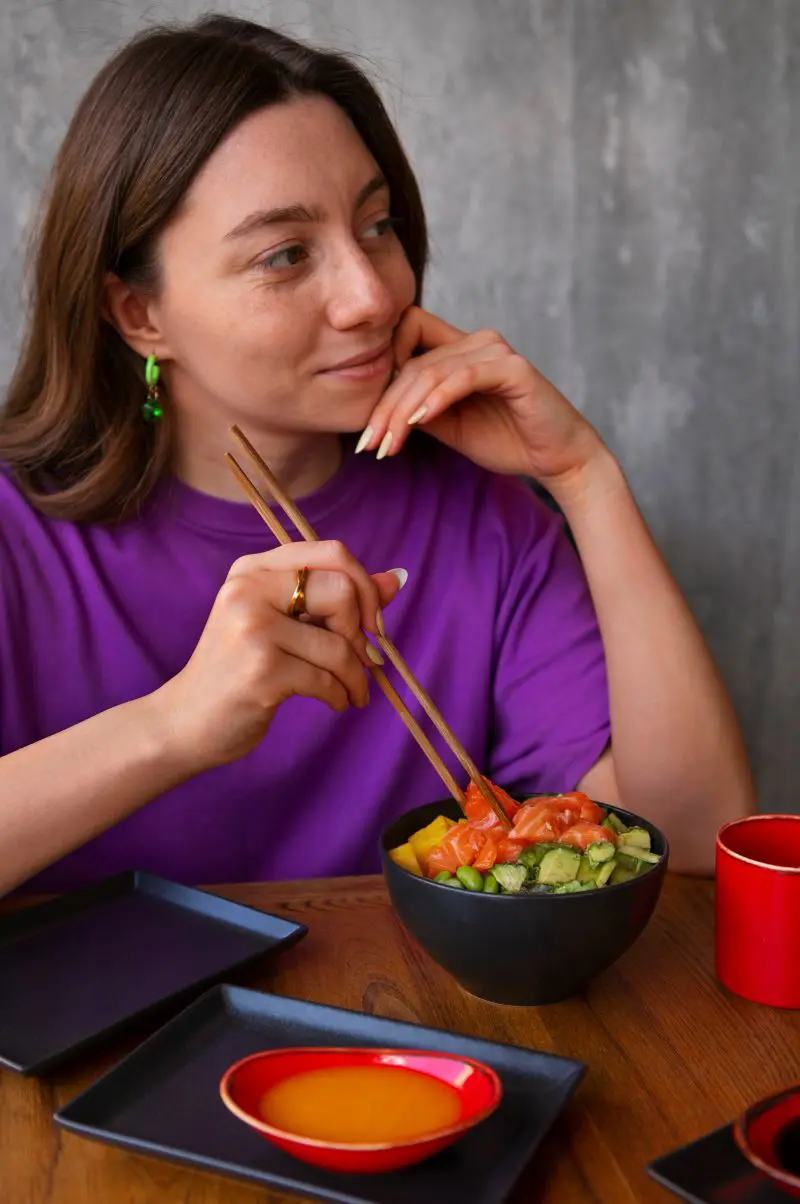
This particular diet is all loaded with nutrition-filled foods like beans, legumes, nuts, seeds, etc. As these are high-fiber and high-protein foods, it takes longer for the gut to process them than it takes to process carbohydrates. This makes the gut feel full for a longer period. Thus, less hungry.
4. Reduces risk of type 2 diabetes
Cutting off meat cuts off all those unsaturated fats and high calories that are interrupting the system to be healthy. As the metabolism improves, the risk of metabolic syndromes like insulin resistance, obesity, and high blood pressure will be reduced.
Challanges of the Pescatarian Diet
There are always different challenges that need to be faced while following the diet. Nothing is easy so is this routine. There are some actions to be taken that are a must. Some of those actions and other obstructions that a pescatarian might have to face are:
Lack of discipline
Getting on any diet changes the whole aspect of daily routines. To leave the daily routine and make a new schedule needs discipline. There must be a strong will to motivate to stay on the plan. It takes a lot of voluntary sacrifices and strength to maintain that discipline.
Setting a diet plan is easy but following it and staying on that commitment is difficult. Lots of people fail to stay on the plan after trying for a short period just because they give in to their temptation.
No access to required foods
Sometimes people will not be able to purchase the food they have in plan just because they are not accessible; or even if it is accessible, it is way too expensive to buy. In this case, substitute ingredients could be used. For this people might have to be dependent on vegetables.
This accessibility issue might be either due to financial limitations, geographical limitations, physical limitations, or maybe all three of these.
Possibility of iron deficiency
Red meat is extremely rich in iron. Omitting it from the diet might imbalance the iron levels in the body making it tired and weak. Lightheadedness and dizziness become common with chest pain shortness of breath and accelerated heartbeat.
Plants like spinach, broccoli, peas, collards, beans, enriched grains, etc. can provide iron for the body. Managing the quantity of the consumables will work wonders against the deficiency.
Risk of increase in mercury levels
Mercury can cause harm to the development of the brain at relatively low levels and can even be toxic to adults at high levels. As mercury is found in almost all seafood it comes up as a matter of concern.
However, the level of mercury can differ according to the area of fishing or also by the species of fish. Fish can collect mercury in their muscles by absorbing it all from the water around but it mostly accumulates the toxin from the prey they eat.
Therefore, bigger fishes that prey on other small fishes have higher levels of mercury in their muscles.
Some FAQs
Is a pescatarian diet and a fish diet the same?
Yes. A pescatarian diet is a routine in which people eat plant-based produce in addition to seafood.
What is the difference between pescatarian and vegetarian?
Vegetarians are the people who consume only foods that are based on plants. However, a pescatarian is someone who follows a mostly vegetarian diet but also eats fish and seafood.
Do pescatarians live longer?
Pescatarians tend to have fewer health issues regarding the heart than meat eaters. With this, pescatarians also have a low risk of obesity, and blood pressure with which it can be said that pescatarians do live longer.
What fish should pregnant ladies avoid?
Fishes like sharks, swordfish, and marlin should not be eaten during the period of trying to get pregnant to being pregnant till the duration of breastfeeding. Even all other adults should be mindful to eat no more than one portion per week.
It is all because these fishes contain more mercury than other types of fishes which can be detrimental and can damage a baby's developing nervous system.
Does a pescatarian drink milk?
A pescatarian can consume dairy products that include milk, cheese, yogurt, etc.
Motivation To Go Pescatarian
It needs a strong push to change one's diet, to cut off a chunk of dishes that were previously enjoyable. Eliminating land animals from the diet may have been to address the following reasons and concerns. These might be why it is becoming popular for people to go on a pescatarian diet:
1. Meat Aversion:
Some people do not like the taste of meat. It is a product with a distinct umami taste. Besides the four basic tastes, human taste buds can sense a fifth one: the umami taste.
It was discovered by a Japanese scientist named Kikunae Ikeda over 100 years ago and is also described as being savory and meaty. Some people enjoy this meaty taste, whereas some people cannot tolerate this taste.
It differs as per the palate. Food aversion is not new, once the palate changes people's taste in food changes too. It can happen due to multiple reasons so it's totally fine to avoid meat and change the diet plan as per the demands of your body.
2. Allergies:
Meat intolerance refers to the difficulties the body faces in digesting meat. Adverse physical reactions can also be experienced if so. Although this is not a life-threatening condition, it could be a sign of other health issues such as irritable bowel syndrome (IBS) or Crohn's disease.
If the body rejects only meat but not seafood, going pescatarian will not do any bad to the body. In fact, seafood is loaded with healthy proteins that are beneficial for the body.
3. Health Benefits:
There are multiple studies done on pescatarians. Except for improved heart health, there were many benefits of the diet found. Some were healthy weight gain, low risk of diabetes, etc.
4. Environment:

In a study done by the United Nations, raising livestock was seen to be a contributor to 15% of man-made carbon emissions. But at the same time, raising fish and sea animals showed lower carbon footprints.
In another study done in the year 2014, it was mentioned that the diet caused by fish eaters produced 46% less greenhouse gas than those who ate a serving of meat per day.
5. Ethical reasons:
People are opting to forgo meat because of all the animal cruelty done around. As the animals are slaughtered for food.
Factory farms are cruel to animals nowadays. The livestock are being kept in very inhumane conditions and cruel practices are being followed for production.
These farms are cruel not only to the animals but also are cruel to their own workers as well. This has created a negative emotion towards farms which is why they are being rejected too.
Recent posts
Nutrition
Nutrition
Licorice Root: Benefits And Uses
You can spell it liquorice or licorice; this herb or root has been in use for centuries in most medicinal applications, as a natural sweetener and to enhance flavors. Regarding its origins, it comes from the root of the "Glycyrrhiza galbre" plant and...
Nutrition
Is Salmon Good For You? Nutritional Facts and Benefits
Salmon fish is a staple diet throughout the world, popular as a super food for its nutrients. Whether savored in sushi, poached, grilled, roasted, or pan-fried, salmon offers minerals and vitamins that contribute to healthy bodily functions. In addit...
Nutrition
25 Smoked Salmon Recipes That You Will Enjoy
Salmon is a silver-colored fish that is loaded with many nutrients, vitamins, and omega-3 fatty acids. Smoked Salmon is better for improving your health and reducing the risk of cancer, heart-related diseases, fights inflammation, reduces anxiety and...
Nutrition
Are Sausages Healthy? Nutrition And Health Benefits
Sausages are tasty in an addictive way, making them one of the most popular foods worldwide. You may have enjoyed this convenient food often, whether on a bun with mustard or grilled on a barbecue, the simple preparation methods are what makes its co...
Nutrition
20 Vegetables That Are Rich In Iron
Iron is essential for our bodies to function well. When we don't get enough iron, we often feel weak and tired. It's important to address iron deficiency early by eating the right foods. Fortunately, many vegetables are rich in iron and can help prev...
Nutrition
15 Cauliflower Nutrition Facts And Health Benefits
Cauliflower, a cruciferous vegetable, resembles a white variation of its relative, broccoli. Like broccoli, it has closely bunched florets attached to a thick core, often surrounded by a few leaves. While white is the most common color, cauliflower i...
